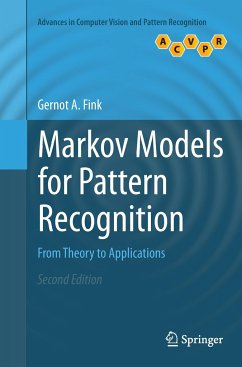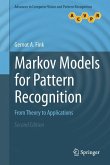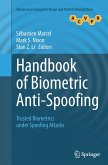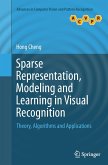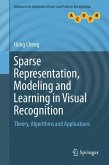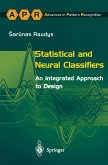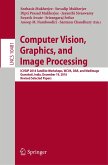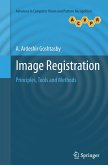This thoroughly revised and expanded new edition now includes a more detailed treatment of the EM algorithm, a description of an efficient approximate Viterbi-training procedure, a theoretical derivation of the perplexity measure and coverage of multi-pass decoding based on n -best search. Supporting the discussion of the theoretical foundations of Markov modeling, special emphasis is also placed on practical algorithmic solutions. Features: introduces the formal framework for Markov models; covers the robust handling of probability quantities; presents methods for the configuration of hidden Markov models for specific application areas; describes important methods for efficient processing of Markov models, and the adaptation of the models to different tasks; examines algorithms for searching within the complex solution spaces that result from the joint application of Markov chain and hidden Markov models; reviews key applications of Markov models.
Bitte wählen Sie Ihr Anliegen aus.
Rechnungen
Retourenschein anfordern
Bestellstatus
Storno

